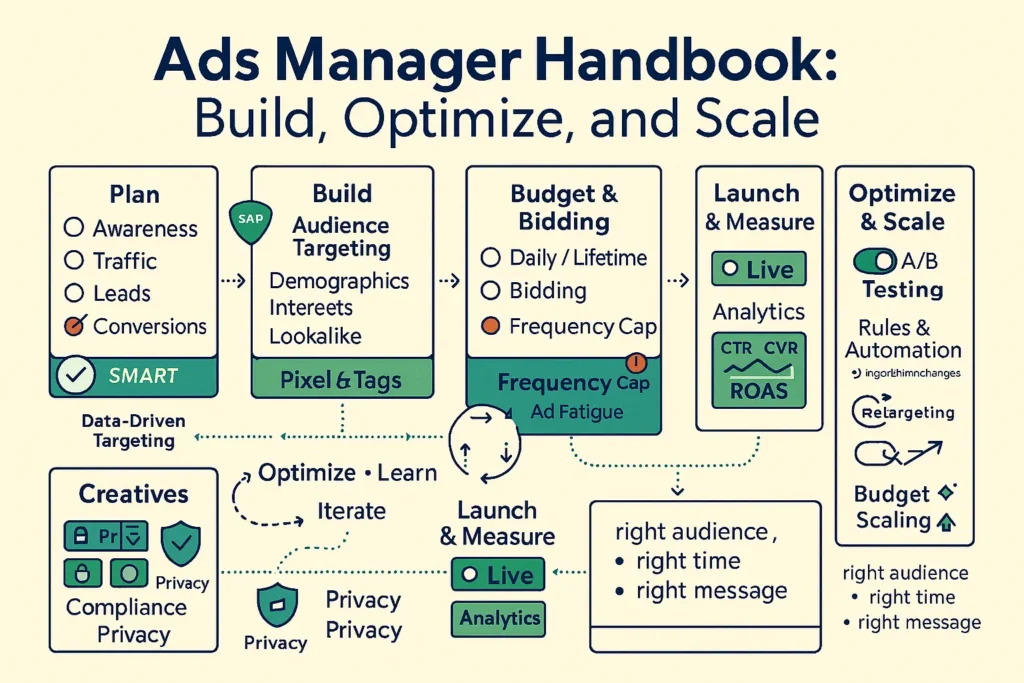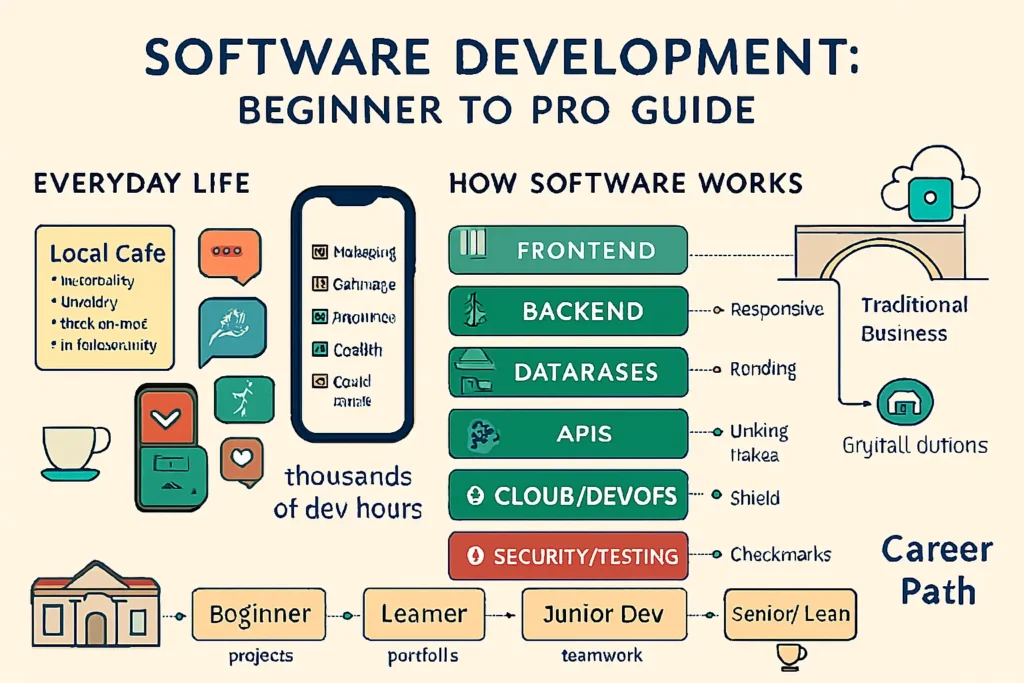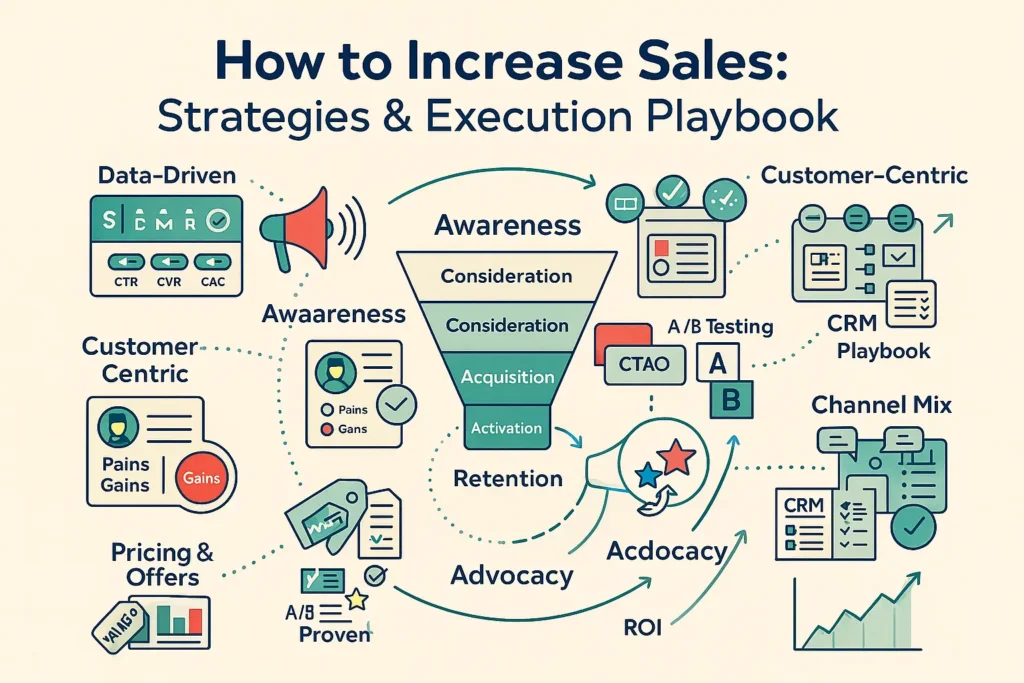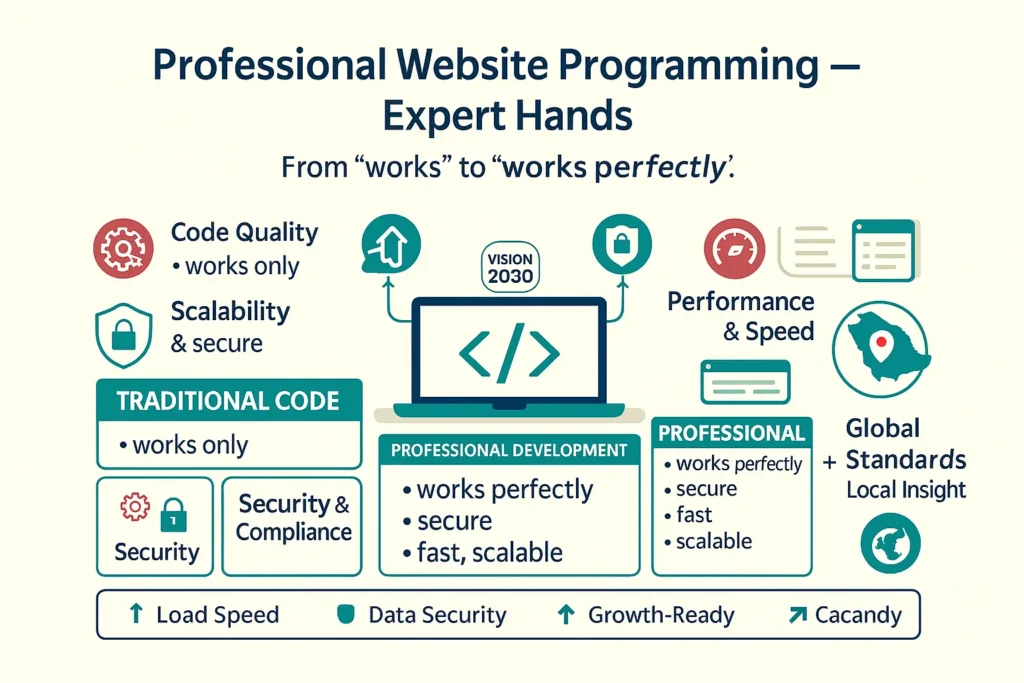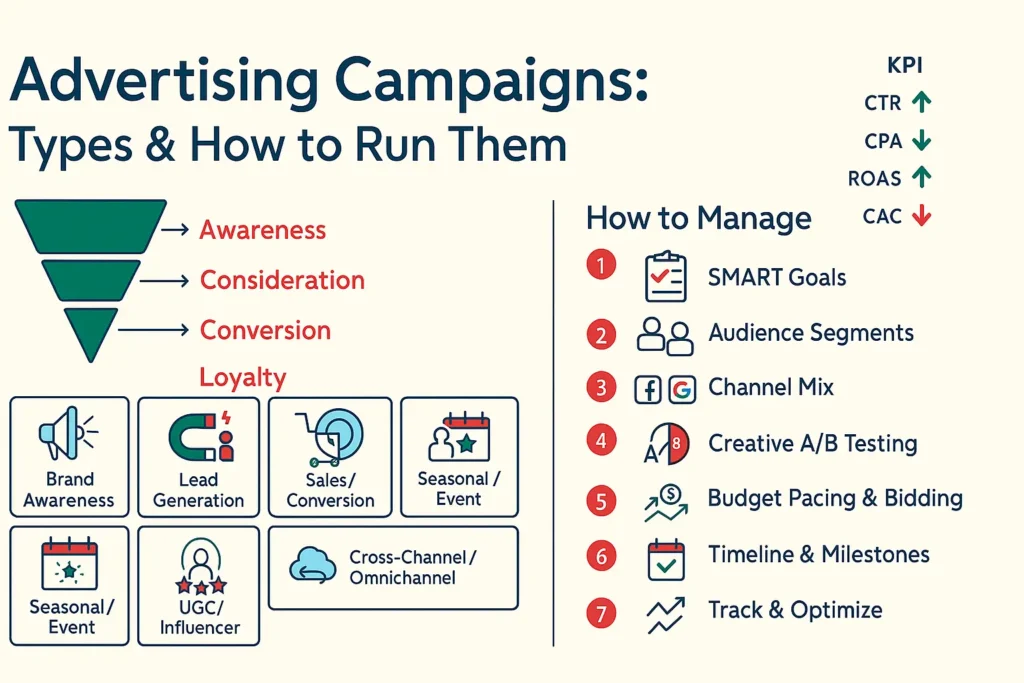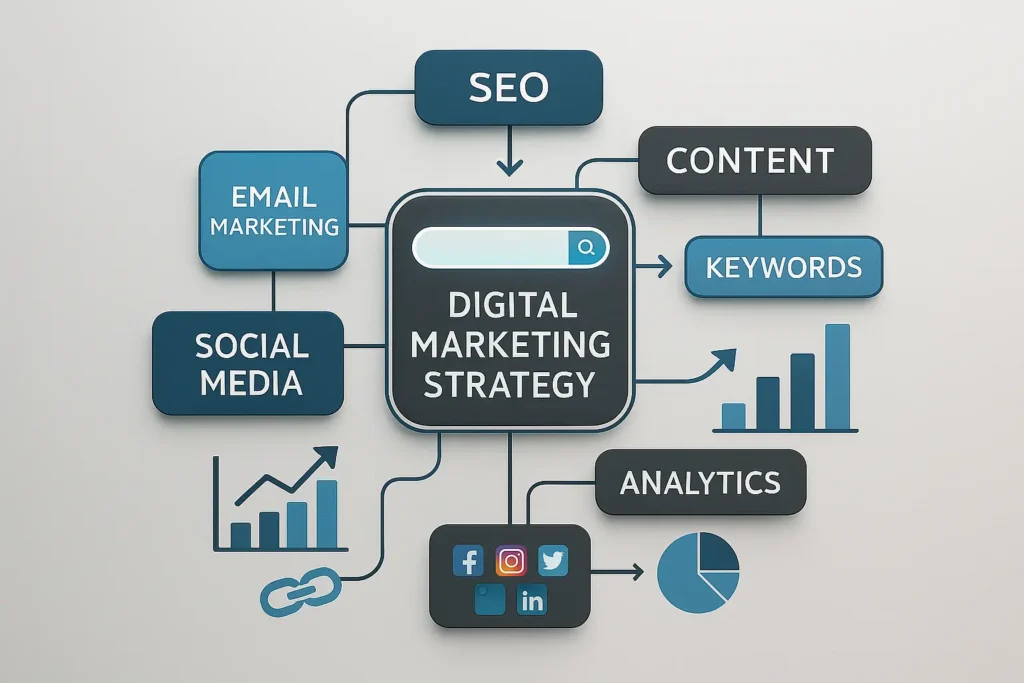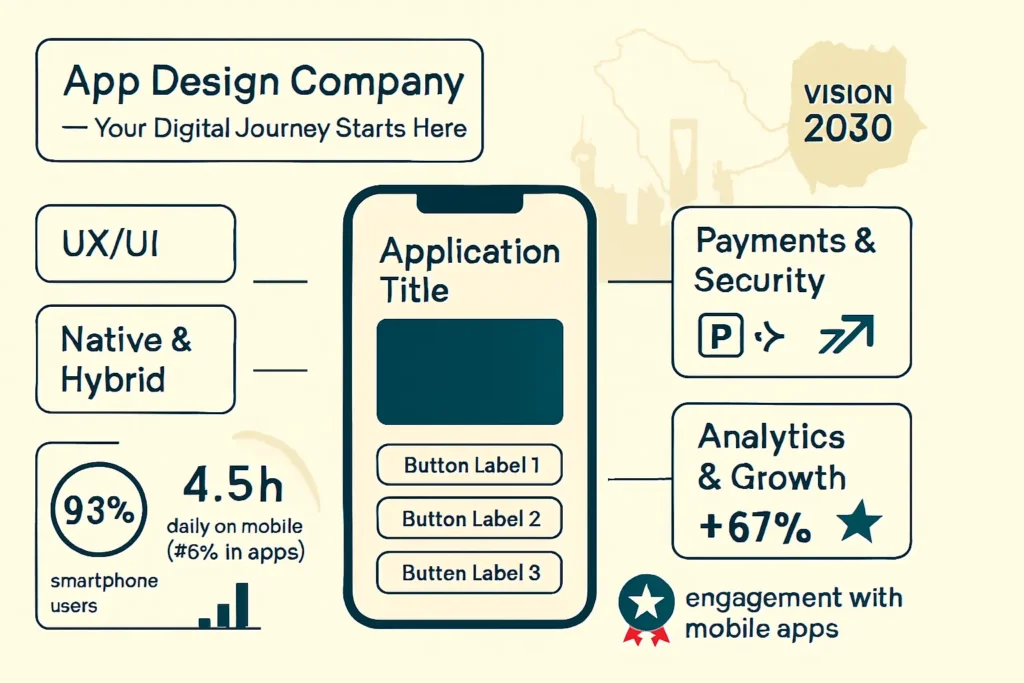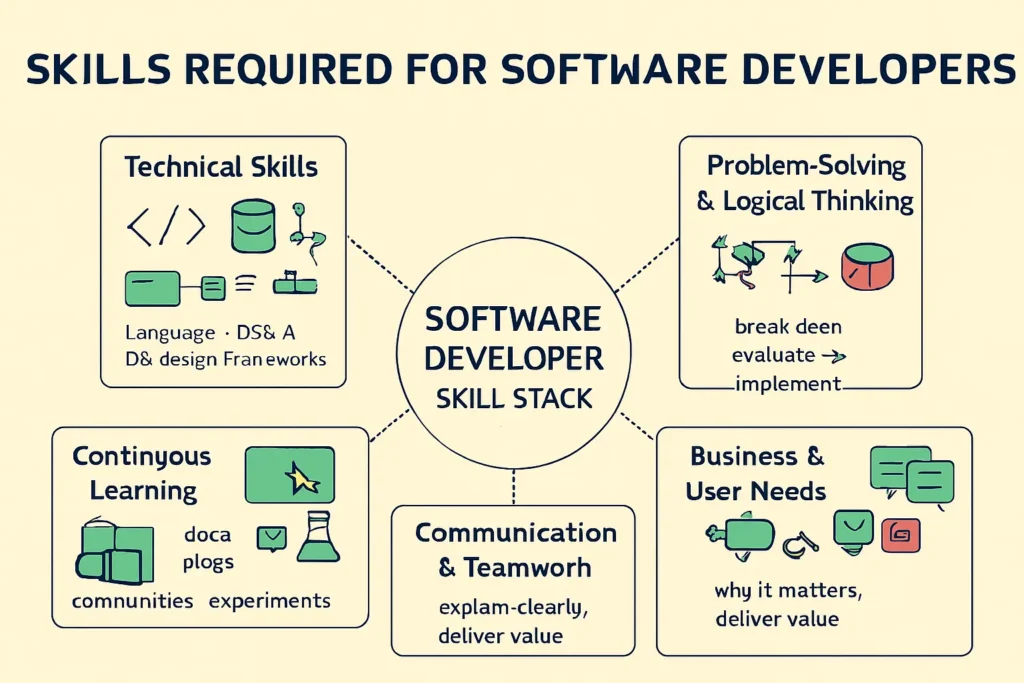
How to Write Programming Code Like a Pro: A Complete Guide to Excellence in Programming
Professional Programming Code: Start to Mastery
You’ve arrived at the threshold of one of the most transformative skills of our digital age. Professional programming code is not merely issuing commands to computers—it’s the art of crafting elegant, maintainable, and robust solutions. In today’s fast-evolving tech world, the gap between amateur and professional software can mean the difference between a project that succeeds and one that collapses under its own complexity.
What distinguishes professional programmers is not only their ability to solve problems, but also how they approach, structure, and maintain their solutions. Through this comprehensive guide, you’ll discover the methodologies, principles, and practices that turn the ability to write programming code into professional-level expertise.
Your journey from beginner to expert isn’t just about learning syntax or memorizing functions. It’s about developing a mindset that prioritizes clarity, efficiency, and long-term maintainability. You’ll learn to think like the professionals who build the software systems powering our modern world.
Understanding the Fundamentals of Professional Programming Code
Professional programming code has certain characteristics that set it apart from amateur attempts. At its core, it follows internationally recognized standards that prioritize clarity, maintainability, and extensibility. These standards are not arbitrary academic rules—they are battle-tested principles developed over decades of industry experience.
The foundations of professional programming code rest on several key pillars. Clean-code principles emphasize that programming code should be written for humans first and machines second. When you write code that another developer can easily understand months after it was written, that’s one of the strongest signs of professionalism.
SOLID principles provide another crucial framework: Single Responsibility, Open/Closed, Liskov Substitution, Interface Segregation, and Dependency Inversion. These principles guide you toward creating flexible, scalable code that resists the rigidity that causes software projects to fail.
Consider this example of amateur code vs. professional programming code:
# Amateur style
def calc(x, y, z):
if z == 1:
return x + y
elif z == 2:
return x * y
else:
return x / y
………………….
# Professional style
class MathOperations:
@staticmethod
def add(first_number: float, second_number: float) -> float:
“””Calculate the sum of two numbers.”””
return first_number + second_number
@staticmethod
def multiply(first_number: float, second_number: float) -> float:
“””Calculate the product of two numbers.”””
return first_number * second_number
@staticmethod
def divide(dividend: float, divisor: float) -> float:
“””Calculate the quotient of two numbers.”””
if divisor == 0:
raise ValueError(“Division by zero is not allowed”)
return dividend / divisor
…………………….
The professional version immediately communicates its intent, handles edge cases, provides clear documentation,
and follows established naming conventions. This level of clarity and organization is what distinguishes professional
programming code from amateur attempts.
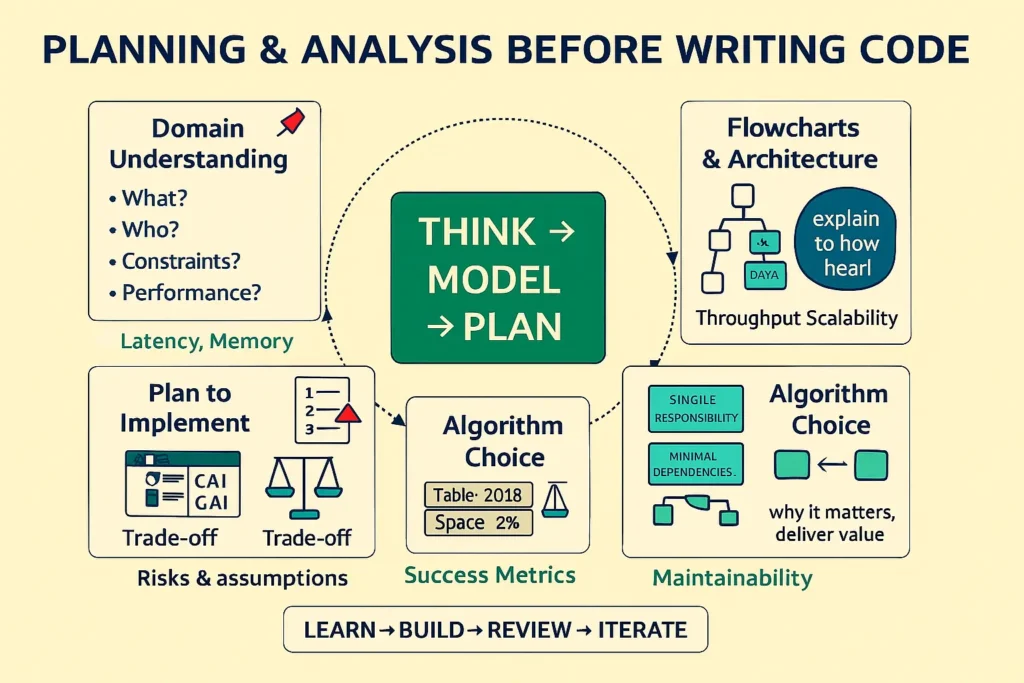
Planning and Analysis Before Writing Programming Code
Before you write a single line of code, successful professionals invest substantial time in understanding and analyzing the problem. This initial phase often determines the difference between a solution that merely works and one that truly succeeds.
Your first step involves fully understanding the domain the problem belongs to. You need to ask the right questions: What exactly needs to be solved? Who will use this solution? What constraints exist? What are the performance requirements? Professional developers often spend more time thinking about problems than writing solutions.
Flowcharts and architectural diagrams are invaluable tools during this phase. They allow you to visualize the solution before committing to programming code, making it easier to identify potential issues and refine your approach. When you can explain the solution to a non-technical person using diagrams, you’ve likely reached the level of clarity required for professional implementation.
Breaking complex problems into smaller, manageable components follows the “divide and conquer” principle, which is fundamental to professional development. Each component should have a clear single responsibility that contributes to the overall solution without creating unnecessary dependencies.
Choosing the algorithm is a critical phase. Professional programmers don’t pick the first solution that works—they evaluate multiple approaches based on time complexity, space requirements, maintainability, and scalability. This analytical approach ensures your code can handle current requirements and future growth.
Writing Clean, Readable Code
Clean code is the cornerstone of professional programming. When you prioritize clarity, you’re investing in your project’s long-term success. Clean code isn’t just about following formatting rules—it’s about creating code that communicates its intent clearly and efficiently.
Variable and function naming deserve special attention in professional development. Names should be descriptive, unambiguous, and consistent across your codebase. Instead of using abbreviated or cryptic names, choose names that instantly convey purpose and meaning.
Functions should embody the Single Responsibility Principle, focusing on one task and doing it well. Long, complex functions that try to handle multiple responsibilities turn into maintenance nightmares and sources of bugs. Professional developers create small, focused functions that are easy to test, understand, and reuse.
Proper formatting and indentation aren’t merely stylistic choices—they’re essential to maintaining code readability. Consistent formatting makes it easier to spot patterns, identify issues, and collaborate with other developers. Modern development environments provide auto-formatting tools that help maintain consistency across your code.
Consider this example of professional, clean code:
def calculate_student_grade_statistics(student_grades: list[float]) -> dict:
“””
Compute comprehensive statistics for student grades.
Parameters:
student_grades: A list of numeric grades.
Returns:
A dictionary containing the average, highest grade, lowest grade,
the count of grades above the average, and the total number of students.
“””
if not student_grades:
raise ValueError(“Cannot compute statistics for an empty list of grades.”)
total_students = len(student_grades)
average_grade = sum(student_grades) / total_students
highest_grade = max(student_grades)
lowest_grade = min(student_grades)
above_average_count = sum(1 for grade in student_grades if grade > average_grade)
return {
‘average’: round(average_grade, 2),
‘highest’: highest_grade,
‘lowest’: lowest_grade,
‘above_average_count’: above_average_count,
‘total_students’: total_students
}
…………………………………………….
This example demonstrates clear naming, appropriate documentation, error handling, and a logical structure that makes the code’s purpose immediately apparent.
Organizing Code Structure Professionally
Professional code organization goes beyond individual functions to encompass the entire project structure. Well-structured code follows logical hierarchies that make it easy to locate, understand, and modify specific functionality.
Your module and package layout should reflect the logical structure of your application. Related functions should be grouped, while unrelated components should be separated. This organization makes the code easier to maintain, implement changes, and onboard new team members.
Code blocks are fundamental organizational units within your functions and layers. Professional developers use logical spacing and structured grouping to make code blocks easily identifiable. Each block should have a clear purpose and contribute to the function’s overall goal.
Import organization and dependency management become more important as projects increase in complexity. Professional programmers organize imports logically—typically grouping standard library imports, third-party packages, and local modules separately. This organization clarifies dependencies and helps identify potential circular import issues.
Design patterns provide proven solutions to common programming problems. Professionals use well-known patterns such as Factory, Observer, Strategy, and Singleton to create code that is efficient and maintainable. These patterns represent accumulated wisdom for addressing recurring challenges.
Your project structure should follow conventions recognized for your chosen technology stack. Professional projects typically include separate directories for source code, tests, documentation, configuration files, and assets. This standardization makes it easier for other developers to understand and contribute to your projects.
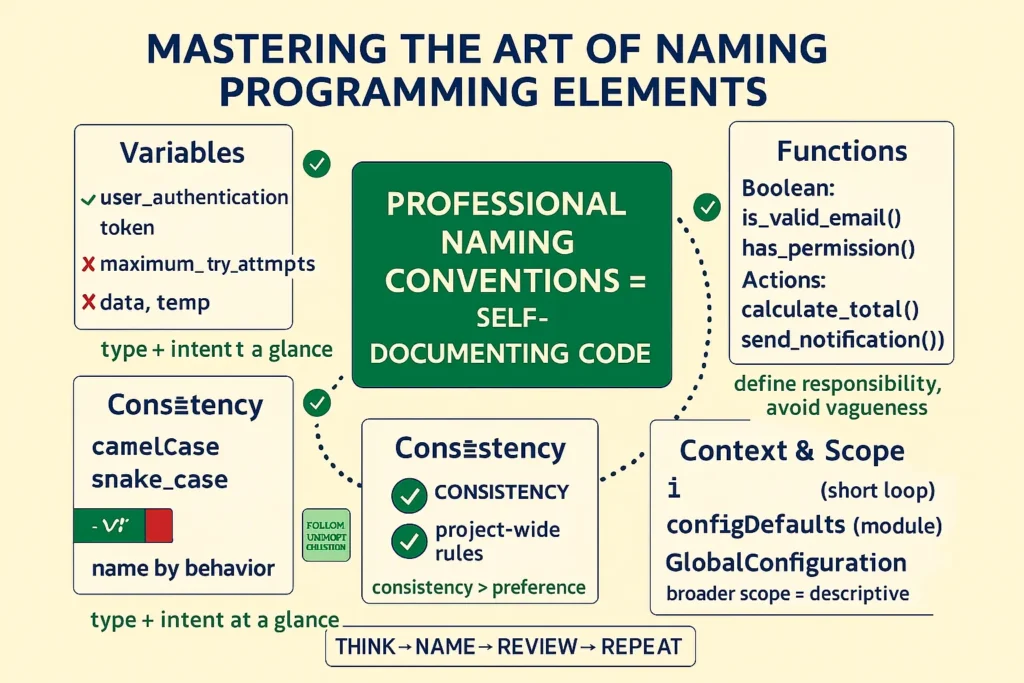
Mastering the Art of Naming Programming Elements
Professional naming conventions go beyond readability—they create a shared vocabulary that makes code self-documenting. When you choose names effectively, you reduce the need for extensive comments while making your code more understandable and maintainable.
Variable names should immediately convey both the type of data stored and its purpose in context. Instead of generic names like data or temp, choose specific names that describe the variable’s role: user_authentication_token or maximum_retry_attempts. This precision makes code reviews more efficient and eliminates debugging time.
Function names should focus on verbs and outcomes. Use verb–noun constructions that clearly describe what the function does and what it returns. Functions that return boolean values should have question-like names: is_valid_email() or has_permission(). Functions that perform actions should use assertive verbs: calculate_total() or send_notification().
Class names should reflect the entities or concepts they represent. Use singular nouns that clearly define the class’s purpose: DatabaseConnection, UserProfile, or PaymentProcessor. Avoid vague or overly generic names that offer no insight into the class’s responsibilities.
Consistent naming conventions across your entire project create predictability and reduce cognitive load. Whether you choose camelCase, snake_case, or PascalCase, consistency matters more than the specific convention chosen. Most programming languages have established conventions that professional developers follow.
Context-aware naming requires choosing names that make meaning clear within their specific scope. Public variables and functions require more descriptive names than local variables with limited scope. A variable name like i may be acceptable in a short loop, but a global configuration object needs a far more descriptive identifier.
Smart Documentation and Comments
Effective documentation strikes a careful balance between providing necessary information and avoiding over-explanation. Professional code includes documentation that enhances understanding without cluttering the codebase with obvious statements.
Strategic commenting focuses on the “why” rather than the “what.” Professionals don’t comment on obvious operations like counter += 1; they explain complex business logic, unconventional approaches, or important assumptions. Comments should provide context that isn’t immediately apparent from reading the code itself.
Docstrings act as formal documentation for functions, classes, and modules. Well-written documentation includes parameter descriptions, explanations of return values, usage examples, and notes about potential exceptions. This documentation becomes invaluable for current and future developers working on your code.
README files serve as the entry point for understanding your project. Professional READMEs include a project description, installation instructions, usage examples, contribution guidelines, and contact information. A well-written README can determine whether other developers engage with your project or move on to alternatives.
Automated documentation tools can generate comprehensive documentation from well-structured comments and docstrings. Tools like Sphinx for Python or JSDoc for JavaScript produce professional documentation sites that make your code more accessible to other developers.
Maintaining documentation deserves the same attention as maintaining code. Outdated documentation can be worse than having none at all, as it provides misleading information that wastes developer time and causes confusion.
Leveraging Advanced Tools and Libraries
Professional development relies heavily on sophisticated tools and vetted libraries that streamline and accelerate the development process while maintaining high-quality standards. Choosing the right tools can significantly enhance your productivity and the quality of your code.
Integrated Development Environments provide comprehensive development platforms that simplify writing, debugging, and testing. Modern IDEs offer intelligent code completion, real-time error detection, built-in version control, and deep debugging features. Selecting an IDE that aligns with your development needs—and learning to use its advanced features—is a major step toward professional practices.
Code-quality tools automatically analyze your code for potential issues, style violations, and complexity problems. Linters such as ESLint for JavaScript or pylint for Python catch common errors and enforce coding standards. These automated checks help maintain consistency across large projects and surface issues before they turn into bugs.
Version control systems—especially Git—form the backbone of professional development workflows. Understanding branching strategies, commit-message conventions, and collaborative workflows enables you to work effectively on teams and preserve a comprehensive project history.
Package managers integrate external libraries and manage their versions. Professional developers understand how to pin dependency versions, manage virtual environments, and resolve conflicts between different packages.
Automatic formatting tools eliminate style debates by applying consistent formatting rules automatically. Tools like Prettier for JavaScript or Black for Python ensure that all code in a project follows uniform formatting standards, allowing code reviews to focus on logic rather than style.
Testing and Debugging Strategies
Professional testing goes beyond verifying that code “works”—it ensures that code continues to work correctly as the project evolves and grows in complexity. Comprehensive testing strategies create a safety net that empowers confident code changes and feature additions.
Unit testing targets individual functions and methods, verifying that each component works correctly in isolation. Professional developers write unit tests that cover normal operations, edge cases, and error conditions. These tests should be fast, independent, and provide clear feedback when failures occur.
Test-Driven Development represents an advanced approach in which tests are written before the actual implementation. This methodology forces developers to think carefully about interface design and expected behavior prior to writing code. TDD often results in better-designed, more testable code.
Integration testing verifies that different components work correctly together. While unit tests focus on individual pieces, integration tests ensure that interactions between components behave as expected. These tests are especially important in complex systems with multiple modules interacting.
Debugging skills distinguish professional developers from amateurs. Effective debugging involves a methodical approach to isolating issues, understanding root causes, and implementing comprehensive fixes. Professional debuggers use logs, breakpoints, and diagnostic tools to understand program behavior and pinpoint problems efficiently.
Continuous integration of tests ensures that they are run automatically whenever code changes occur. This automation helps catch issues early and provides immediate feedback on the impact of code modifications. Professional development workflows include automated testing as a standard part of the development process.
Keep reading and uncover secrets that can change the way you work. Discover How an App Design Company in Saudi Arabia Can Help You
Performance and Efficiency Optimization
Professional code balances functionality with performance considerations. Understanding how to measure, analyze, and optimize your code’s performance distinguishes expert developers from those who focus solely on making programs function.
Performance measurement requires understanding both theoretical complexity and real-world performance characteristics. Big-O notation offers theoretical frameworks for algorithmic efficiency, but actual performance depends on factors such as data characteristics, hardware capabilities, and implementation details.
Memory-management considerations vary by programming language but remain important for professional development. Understanding how memory allocation, garbage collection, and data-structure choices affect performance helps you create efficient applications that scale effectively.
Data-structure selection strongly influences performance characteristics. Professional developers choose appropriate structures based on access patterns, mutation requirements, and performance constraints. Knowing when to use arrays, linked lists, hash tables, or trees enables performance optimization for specific use cases.
Algorithm optimization includes choosing efficient methods for common operations such as searching, sorting, and data processing. Professionals understand the performance profiles of different algorithms and select approaches based on expected data sizes and performance requirements.
Profiling tools help identify actual performance bottlenecks rather than perceived ones. Professionals use profiling data to guide optimization efforts, focusing on areas that yield the greatest improvements rather than prematurely optimizing code that has little impact on overall performance.
Keep reading and uncover secrets that can change the way you work. How to Website Programming Professionally by Expert Hands
Maintenance and Continuous Programming Code Evolution
Professional code anticipates future modifications and extensions from the very beginning. Writing maintainable code requires forward-thinking about new requirements that will emerge over time.
Future-oriented strategies include designing interfaces and structures that can accommodate new requirements without major re-architecture. Professionals create abstractions that hide implementation details while providing stable interfaces that remain consistent as underlying implementations change.
Scalable code design considers how applications will behave as data volume, user counts, and feature sets grow. This includes making architectural decisions that support horizontal and vertical scaling, choosing database designs that handle increasing data efficiently, and creating modular structures that support incremental expansion.
Legacy programming code management is a major challenge in professional development. Most developers spend more time modifying existing code than writing new code from scratch. Professionals know how to change legacy systems safely, add new features without breaking existing functionality, and gradually improve code quality over time.
Refactoring skills enable continuous code improvement without altering external behavior. Professional refactoring involves making systematic improvements to code structure, clarity, and maintainability while ensuring that all existing functionality continues to work correctly. This process requires comprehensive testing and careful attention to interface compatibility.
Version management and release strategies ensure that code changes can be deployed safely and rolled back if necessary. Professionals understand branching strategies, semantic versioning, and deployment processes that minimize risk while enabling continuous improvement and feature development.
Keep reading and uncover secrets that can change the way you work. What Is Software Development? A Comprehensive Guide for Beginners and Professionals
Your Ongoing Journey Toward Mastery and Excellence
Professional programming is a journey of continuous learning and improvement, not a final destination. The technology landscape is constantly evolving, introducing new languages, frameworks, tools, and methodologies that expand the possibilities for creating exceptional software.
Staying up to date with the latest industry trends requires active engagement with the professional development community. This includes following technical blogs, participating in online forums, attending conferences, and contributing to open-source projects. Professionals understand that learning is a lifelong commitment that extends far beyond formal education.
Professionals build a portfolio that showcases their capabilities to employers, clients, and potential collaborators. Your portfolio should demonstrate not only your technical skills, but also your approach to problem-solving, code organization, and project management. Quality matters more than quantity— a few well-designed projects that reflect professional practices are more valuable than numerous amateur attempts.
Community involvement offers opportunities to learn from experienced developers while contributing your own expertise to help others. Professional developers frequently contribute to open-source projects, mentor junior developers, and share knowledge through blogging, tutorials, and conference talks.
Career development in programming involves continuously broadening your skills and specializing in areas that align with your interests and market needs. This may include deepening expertise in specific technologies, developing leadership skills for technical management roles, or branching into related fields such as systems engineering, data science, or cybersecurity.
Transitioning from learning to professional practice requires applying theoretical knowledge in real-world contexts with actual constraints, deadlines, and stakeholder requirements. Professional experience teaches lessons that can’t be learned from tutorials or academic projects, including how to balance competing priorities, work effectively within teams, and make pragmatic technical decisions.
Turn your goals into real achievements with our tailored services – request the service now.
Frequently Asked Questions
How long does it take to learn professional programming?
The timeline varies greatly depending on prior experience, time commitment, and learning approach. In general, building solid professional programming skills requires six months to two years of consistent practice and study. However, reaching true expertise takes years of hands-on experience working on diverse projects and challenges.
What is the best programming code language for beginners?
Python is consistently among the best first languages to learn thanks to its readable syntax, comprehensive standard library, and diverse applications. Python’s design philosophy emphasizes code clarity and simplicity, making it easier to focus on core programming concepts rather than complex syntax. Once you master professional practices in Python, these skills transfer readily to other languages.
How can I tell when my code has reached professional quality?
Professional programming code has several key traits: it is easy to read and understand, follows established conventions, includes appropriate documentation, handles errors gracefully, and can be modified without breaking existing functionality. When other developers can work with your code efficiently—and when your code continues to function correctly as requirements change—you’ve reached a professional standard.
Should I learn multiple programming code languages?
Focus on mastering one language thoroughly before branching out. Deep expertise in a single language will teach you fundamental programming concepts, design patterns, and professional practices that apply across languages. Once you’ve mastered your first language, learning additional languages becomes much easier and allows you to choose the right tool for specific projects and requirements.

